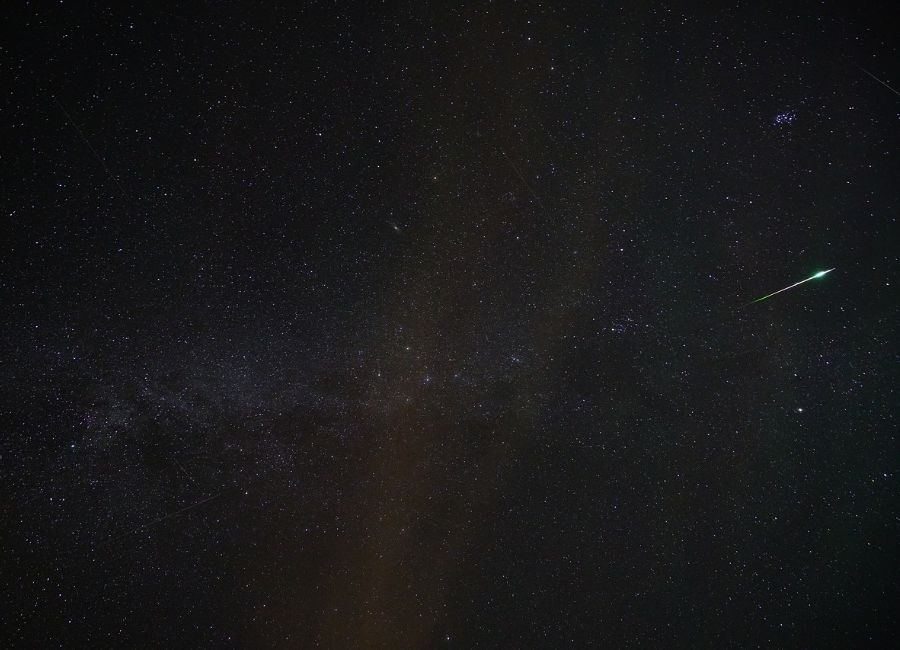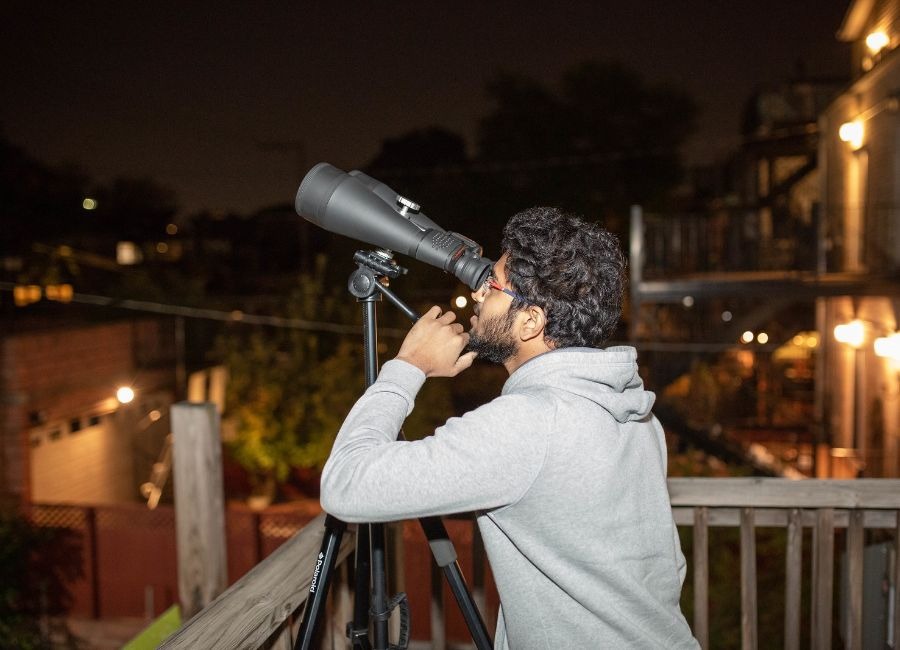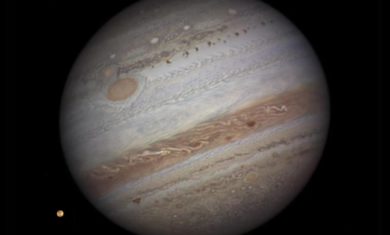What Goes Up…
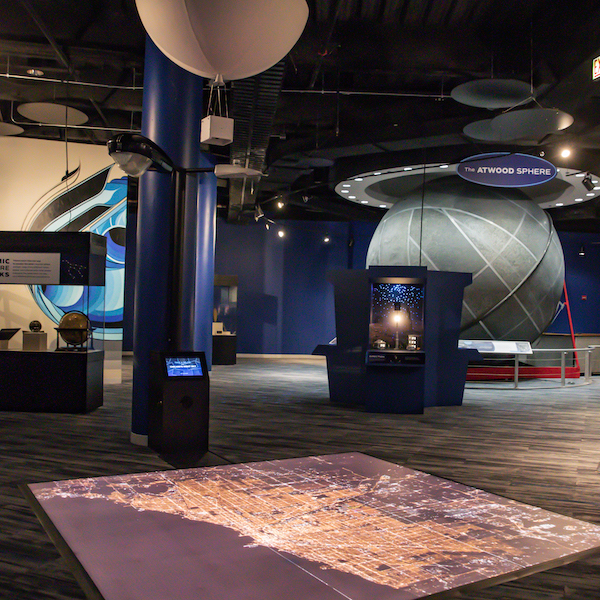
Header Image: The Adler Planetarium’s new exhibit, Chicago’s Night Sky, features a Far Horizons high altitude balloon and an image of the city of Chicago at night from above.
When was the last time you took the time to notice your night sky? If you live in or near the City of Chicago—or any large urban area—you may be familiar with the glow that city lights give to the sky. That glow comes from inefficient or poorly used lighting shining up and scattering back down, and it’s the reason you can’t see many stars over a city at night.
Light pollution affects much more than just our view of the stars. It wastes energy by sending light into the sky where nobody needs it, and it can harm wildlife by interfering with their internal navigation systems and sleep/wake cycles.
Chicago is halfway through a four year project to replace more than 250,000 old street lights with new, more efficient fixtures. The new streetlights will cost the city less in energy bills than the old ones, but no one knows how the project will affect the environment, ecology, and health of the region.
The Adler’s Far Horizons team is looking for answers in the stratosphere with Mission NITELite.
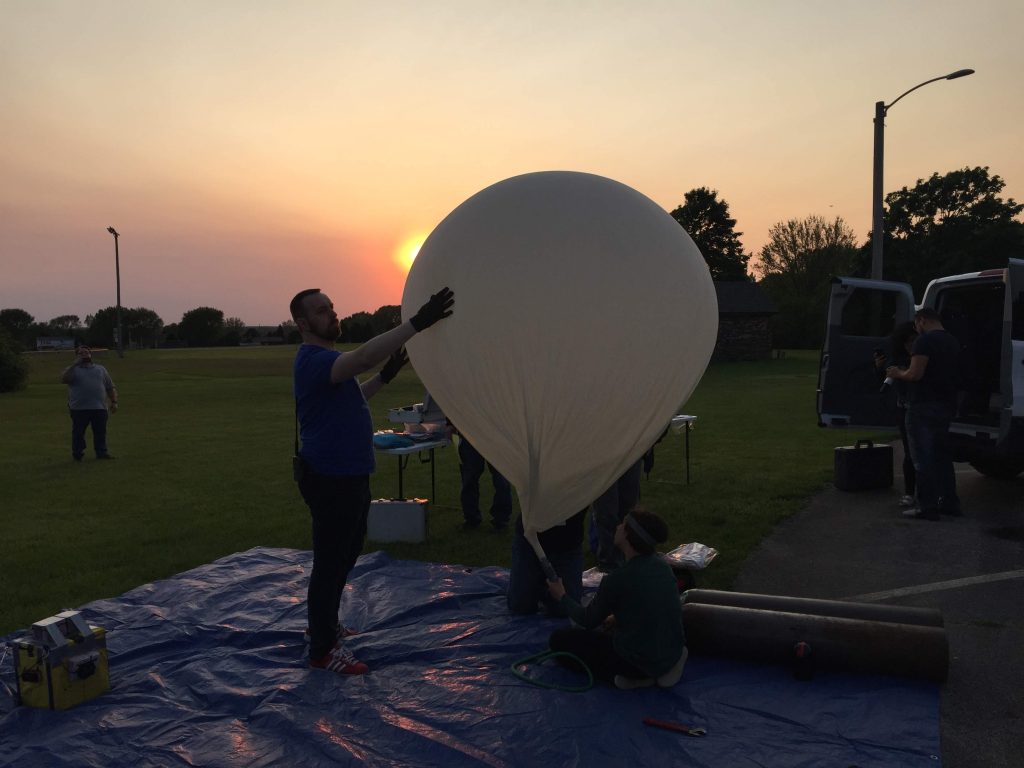
NITELITE
In Far Horizons, the Adler’s high-altitude ballooning program, scientists work with students and volunteers to push the boundaries of scientific research. As the City of Chicago began to swap out the old streetlights, we saw an opportunity to use our years of experience in near-space exploration and the passion and talents of our students and volunteers to expand our knowledge of the impacts of light pollution. Our goal with NITELite is to create the world’s first light pollution map using images from high-altitude balloons.
What can we do with NITELite that hasn’t been done before? We can map the entire City of Chicago in a single mission. Our image resolution is so good that we can identify nearly every streetlight in the city—all quarter-million of them! We can use the color of those lights to identify what type of light each one is—an old high-pressure sodium fixture or a new LED one.
Getting images that sharp from the stratosphere isn’t easy. Think of a time you tried to snap a photo at night. You need a pretty steady hand. We needed to ensure that our cameras would be rock solid while floating nearly 100,000 feet up, so our students and volunteers developed an Altitude Control System (ACS). As the balloon rises up into the atmosphere and nears the target altitude, the ACS opens and vents helium from the balloon until it stops rising to achieve level flight. Surprisingly, the winds in the stratosphere are very slow, and once we’re there, our cameras can take amazing photos without blurring.
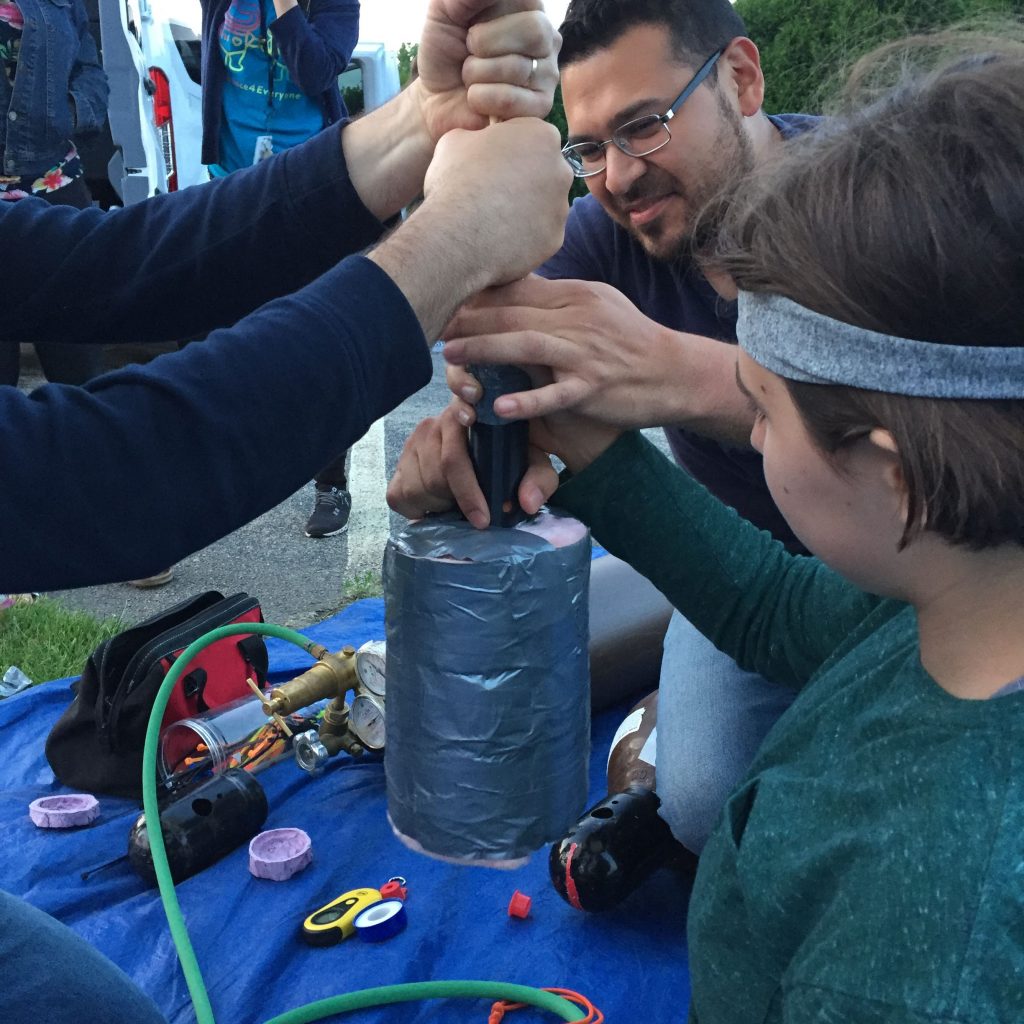
MISSION UPDATE
Over the past two years, we’ve launched more than a half dozen test missions around the region with local high school and college students leading the way. On the evening of June 2, we launched our first Chicago imaging mission. After a beautiful sunset launch from Marengo, Ill., the payload ascended according to predictions. Everything was going well as NITELite hovered above the western edge of the city at 92,000 feet—just above Forest Park—and then: POP! The balloon burst just before it achieved level flight. The retrieval crew, which was still on the road near Plymouth, Indiana, hit the breaks and turned back toward the city. As the payload descended quickly aided by a parachute, it was a race against time and geography.
Unfortunately, geography won that night. The safety strobe lights on the NITELite payload were last spotted from the roof of a casino parking lot in Gary, Indiana, bobbing on the dark waves of Lake Michigan about a mile from shore. No one ever said science was easy.
LOOKING UP AND FORWARD
With the help of this summer’s undergraduate interns, NITELite2 has been built and is ready to return to the skies. Plans are set to perform more Chicago mapping missions over the next two years.
The results of NITELite will help inform municipalities in the future—and the City of Chicago today—on how to light the night in a way that can better protect the resource of our night sky and everything alive below it.




